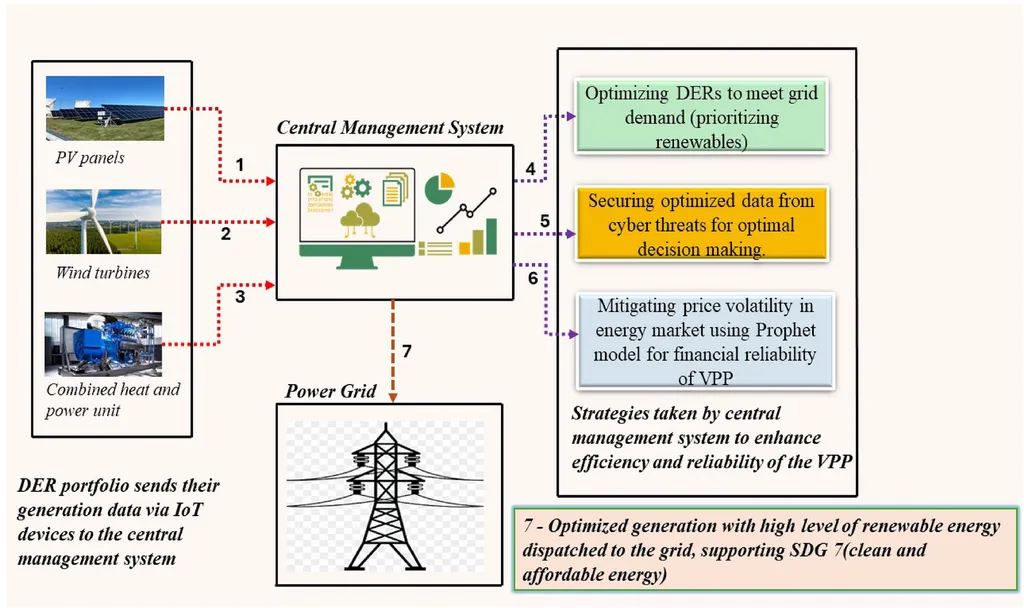In the heart of bustling cities, where apartment complexes rise like modern-day fortresses, a silent battle rages—one that pits the surging demand for electricity against the straining infrastructure designed to meet it. Janak Nambiar, a researcher from the School of Engineering at Deakin University in Australia, has stepped into this fray with a novel solution that could redefine how we manage energy in multi-tenanted residential areas.
Nambiar’s research, published in the journal *Energies* (which translates to “Energies”), focuses on optimizing power sharing and demand reduction in distributed energy resources for apartments. The crux of his work lies in enhancing the operation of virtual power plants (VPPs), which integrate microgrids with renewable energy sources and energy storage systems.
“The increasing demand for electricity in dense urban environments has placed unforeseen strain on sub-transformers,” Nambiar explains. “This strain compromises overall grid performance and challenges utilities with shifting and rising peak demand periods.” His solution? An advanced monitoring and control system that enables efficient energy management and demand-side control within apartment complexes.
Imagine a scenario where each apartment is a node in a vast, interconnected web of energy producers and consumers. Nambiar’s system supports controlled electricity distribution, reducing the likelihood of unpredictable demand spikes and alleviating stress on local infrastructure during peak periods. “The model capitalizes on the large number of tenancies to distribute electricity effectively, leveraging locally available renewable energy sources and energy storage systems behind the sub-transformer,” Nambiar adds.
The implications for the energy sector are profound. By optimizing resource utilization, Nambiar’s framework contributes to grid reliability and supports the transition toward a more sustainable, decentralized energy system. This could mean fewer blackouts, lower energy costs, and a reduced carbon footprint for urban dwellers.
But how might this research shape future developments? For one, it could pave the way for more sophisticated demand-side management strategies. Utilities could use similar systems to better predict and manage peak demand, reducing the need for expensive infrastructure upgrades. Additionally, the integration of renewable energy sources could accelerate the shift away from fossil fuels, making our cities greener and more resilient.
Nambiar’s work is a testament to the power of innovation in addressing real-world challenges. As cities continue to grow and energy demands escalate, solutions like these will be crucial in ensuring a stable and sustainable energy future. “This research provides a systematic framework for managing electricity demand and optimizing resource utilization,” Nambiar concludes. “It’s a step towards a more efficient and sustainable energy landscape.”

